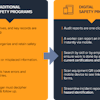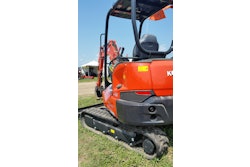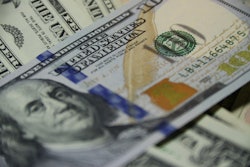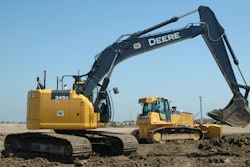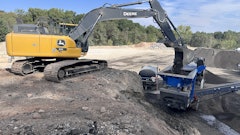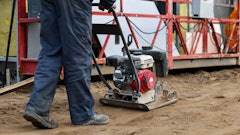
When I was CFO at the Associated Equipment Distributors (AED), our research indicated that equipment represented 13% of the cost of a construction job. That’s kind of a big number that could be the difference between budgeted profit and a not-so-hot profit. It makes you wonder if the 13% is accurate, since that assumes that most of the participants in the survey calculated it correctly.
There is no doubt that contractors need to know both their ownership and their operating costs in order to properly bid jobs. In the current environment, this calculation is more important than usual because numerous cost factors are kind of “messed up” because of the COVID-19 pandemic — with delays in job starts, work stoppages, labor shortages, supply chain issues and just an overall lack of work.
When we think about equipment, we need to consider where the equipment utility value comes from:
- Some units you own outright where you have a small fixed cost component.
- You have purchased equipment that contains a fixed payment for 36 to 60 months in most cases.
- Some equipment is leased, where you have a fixed cost but probably don’t own the equipment until you make the final payment and pay the residual, which could be 10% of the original cost.
- And you have rental equipment that you pay for as you use it and return to the rental company when you are done with it.
Assign Accurate Equipment Rates to Jobs
In terms of running an efficient operation during the pandemic period, I think we can conclude that you have most flexibility with the units you own outright and the rental units.
When it comes to knowing your cost for these units, it is simple when you rent because the rental fee charged by the rental company is your “true” cost for that equipment on that job. If the owned unit on the job is the same model as the one you rented, then I would suggest you can also use the rental rate for the owned unit.
With units that are part of a long-term lease or a 60-month note payment, it’s a little tougher to establish true ownership costs (on a cash basis) because you are starting with a fixed payment that needs to be made whether the equipment is in use or not. To mitigate the fixed payment, I use a depreciation charge that lets me arrive at my estimated residual value seven years out.
For example, if I spend $100,000 for a unit, I depreciate the unit at 10% per year for seven years, which makes the book value $30,000. This is what I estimate the residual orderly liquidation value will be, and it comes out pretty close.
When it comes to assigning equipment costs to a job, consider that we are all in the rental business. Contractors should be calculating rental rates similar to what takes place in a rental yard, with part of the equation being whether you should own that equipment at all.
Your estimated time utilization and dollar utilization determine what rental rates are required to cover fixed and operating costs. If the estimate is not being attained, a rental company has the option to try to increase time utilization with aggressive pricing or other incentives; increased time utilization and normally dollar utilization will follow. Increasing dollar utilization with a rate increase means time utilization does not have to increase.
Playing with these variables is an art. But when you get to a point where you are unable to meet the unit’s required ROI — rental dollars as a percent of equipment cost — it may be time to divest yourself of that unit and move on. But before you do, you need to know what pricing to expect from a sale. You can get auction pricing and other data from EquipmentWatch, the Rouse monthly equipment report and other sources.
Rental companies will usually value their fleets annually to obtain forced liquidated value, orderly liquidation value and fair market value information, which is beneficial when selling units. This information also provides your bank with the orderly liquidation collateral values it needs regarding your internal fleet.
Are You Covering Your Costs?
When you review your fleet’s annual financial results, you need to decide if the hours billed cover both the ownership costs and operating expenses of each unit. Each type of equipment will have that magic number beyond which it is cheaper to own the unit than rent it. Once this rental data is collected, it is easy to compare each unit to the standard hourly billing required to support ownership.
After a while, you will know how many billable hours a year are required to cover total costs. You will also be able to determine when it’s time to replace the unit because the data is suggesting increasing operating costs as the unit’s age increases. You will hopefully pick a point where the residual value for that type of unit with those operating hours is close to the orderly liquidation value in your valuation report.
When the time comes to replace a unit, you have the option to either rent or purchase. This can include replacing it with a newer used model, a factory refurb unit or a new machine if your internal demand for that equipment supports it.
What we are finding, however, is that many contractors plan to increase their rental spend as opposed to ownership. I believe this makes sense because both the costs of ownership and operating expenses are then the rental company’s problem, making the rental contract much more efficient — which is where you need to be in the current business market.
It pays to collect and manage machine cost data. It may make a difference on the next bid you submit.
Garry Bartecki is the managing member of GB Financial Services LLP and a consultant to the Associated Equipment Distributors. He can be reached at (708) 347-9109 or [email protected].



